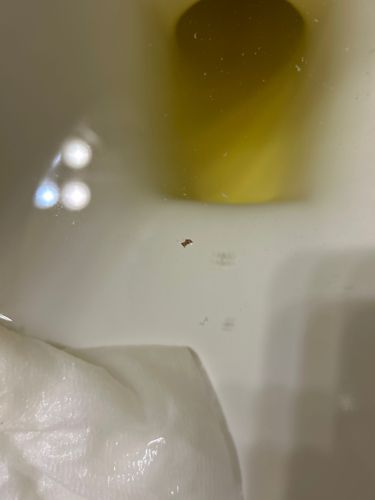Fungus Gnat
Scientific Name: Bradysia spp.
Order & Family: Diptera (flies), Sciaridae (dark-winged fungus gnats) or Mycetophilidae (fungus gnats)
Size: 2-8 mm (adults)

Natural Habitat
Damp, humid environments with decaying organic matter, such as potting soil, compost piles, greenhouses, and bathrooms/kitchens with moisture issues. The larval stage lives in moist soil.
Diet & Feeding
Adult fungus gnats typically do not feed or feed on liquids. Larvae feed primarily on fungi, decaying plant matter, and plant roots.
Behavior Patterns
Adults are weak fliers and are often seen near houseplants or flying around lights. They are attracted to moisture and decaying organic material. Females lay eggs in moist soil, and larvae develop in the soil, feeding on fungi and roots. The life cycle from egg to adult is usually 3-4 weeks.
Risks & Benefits
Risks: Larvae can damage the roots of seedlings and young plants, especially in potted plants. While generally harmless to humans, large infestations can be a nuisance. They do not bite or transmit diseases to humans. Benefits: In natural environments, they contribute to the decomposition of organic matter and can be a food source for other insects.
Identified on: 11/21/2025